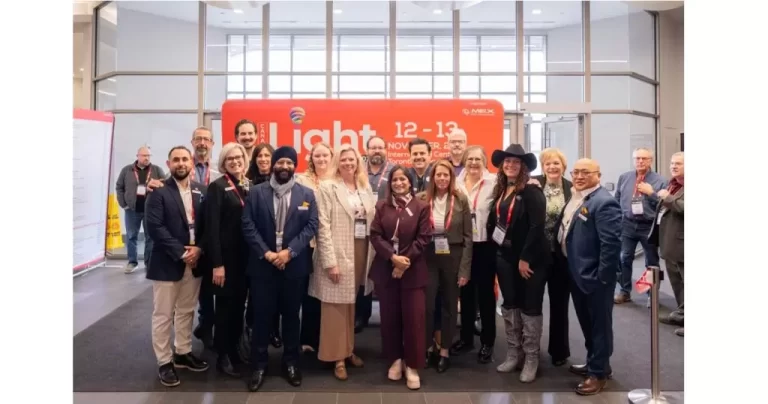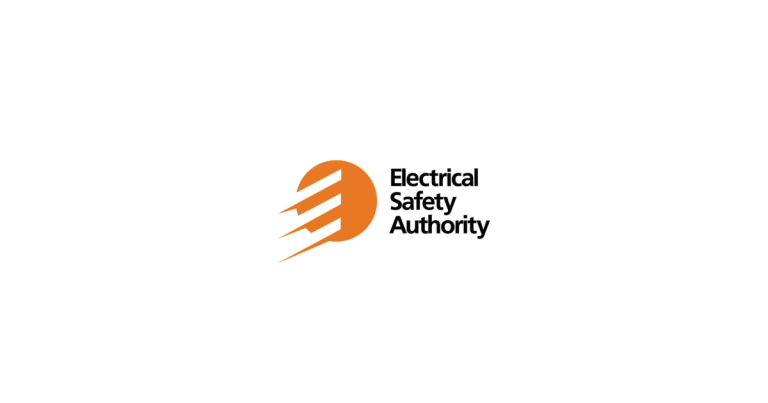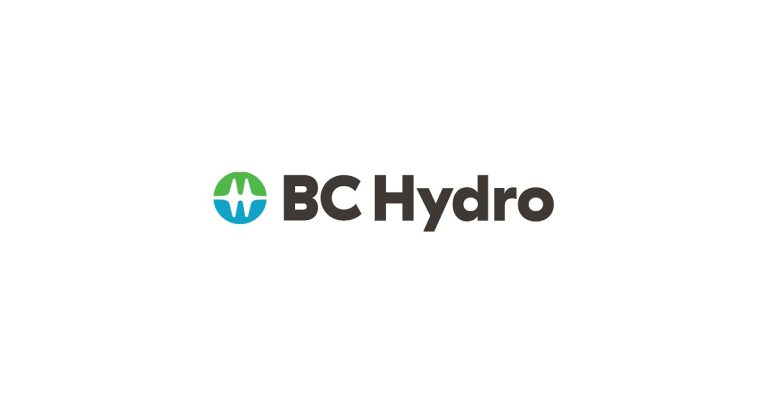CaGBC Case Study: L’Heure Bleue de Charlevoix

March 29, 2021
Situated in picturesque Charlevoix along the St. Lawrence River, this 2,350 sq.ft. Modern Farmhouse Revival home sits on more than two acres of coastal property and is part of a UNESCO biosphere reserve. Awarded Platinum certification under LEED v4 BD+C: Homes, the project was built as a retirement home for an active baby boomer couple. Developed as a high-performance sustainable home, the house incorporates a universal design adapted to fit changing mobility and accessibility needs, as well as to ensure reduced maintenance requirements.
Learning from the ground up
Having lived in houses that were more than 3,000 square feet that they felt were overdesigned and overbuilt, Pierre Chevrier and Suzanne Rhéaume had the clear goal of building a smarter housing solution where they could age “gracefully and gratefully.” Noting that they were new to sustainable building, they had to do their homework to ensure they would be able to find a sustainable and energy-efficient approach. In comparing the various residential building certification programs, the pair note that Passive House was a definite contender, but among the homes they visited that were built to that standard, not all of the homeowners were satisfied. When LEED v4 was announced, they had already done some research about the rating system and found they preferred LEED because of its holistic approach towards a healthy and autonomous lifestyle, which fit in with their priorities as baby boomers. The resulting home was one that hit all the checkmarks for LEED v4, while also incorporating passive design features.
The couple received their initiation into the green building culture through seminars and classes on the topic, which they say allowed them to ask principal industry stakeholders the right questions, and to learn first-hand about which practices were authentic and which were greenwashing.
However, Chevrier and Rhéaume soon realized that the project also presented many opportunities to work with local tradespeople and to demonstrate to them how sustainable building can be viable even for small contractors. The pair were able to demonstrate that green building practices and materials do not necessarily add exorbitant cost overruns. This was important, as employing local labour and buying local products were key components of their LEED v4 certification given the home’s geographical isolation in eastern Quebec.

Living in a LEED v4 home is ‘priceless’
Every effort for the L’Heure Bleue project was focused on ecological awareness, sustainable materials and environmental management, both indoors and outdoors, Chevrier and Rhéaume say. Energy consumption is fully monitored, and the home incorporates components from both the WaterSense and ENERGY STAR programs.
Some of the project’s other features include:
- Highly insulated and airtight building envelope
- An air exchanger and opening windows on the river-facing side of the house
- ENERGY STAR-qualified and EnerGuide-rated appliances selected for efficiency
- LED and natural lighting
- Rainwater harvesting and well water usage
- A rain garden, xeriscaping, food forest and permaculture
- A white clover lawn
The couple note they are already seeing savings and other advantages after just seven months of living in their new home, with low operational costs in areas such as hydro and water consumption, and health benefits due to an indoor environment with clean air quality and no VOC emissions, natural lighting and air circulation. Their hydro bill of less than $60 a month is a fraction of the cost incurred at their previous house, and despite using their heat pump/air conditioning infrequently, the house is kept cool during the summer and comfortably warm without overheating during the -34 C winters. In addition, the marketability and sales appeal of these green features represents an increase in market value. “This is a house with a profitable future,” they say. “It will be sustainable for many generations to come.”
Savings aside, owning a LEED v4 certified home is priceless, Chevrier and Rhéaume say. “We are still amazed that in this era of social environmental consciousness, people ask us why we chose this route … What monetary value can you put on ethics or social values?”
A win-win for homebuilders and local trades
Along with being an enriching learning opportunity that gave them hands-on experience with the construction industry, trades and resources, Chevrier and Rhéaume were also able to leverage their personal background to bring valuable contributions to the table. This included sharing their demographics’ specific – and sometimes overlooked – needs, and highlighting the potential for baby boomer homebuilders, in a housing market that often seems to focus on young families and millennials.
Often in local construction there can be a closed culture that relies on timeworn procedures that don’t consider new approaches or innovation. By employing their newfound knowledge in green building, Chevrier and Rhéaume were able to inject some fresh thinking into the process. For example, when discussing LEED v4 requirements with the project team, they realized that they were not only leading the discussion in some cases, but also teaching them about new building methods learned through their LEED for Homes Provider Écohabitation, who had helped guide them through the LEED green building process.
They also note that while it was important for them to be clear and not compromise on their expectations, they often encountered win-win situations relating to product selection, installation and site management, in which contractors or tradespeople were surprised to realize they were already using green products or methods. Those who had to make changes realized they were feasible and responded accordingly, Chevrier and Rhéaume say, especially given the benefits of being part of a project that was receiving lots of attention from the industry due to the couple’s blog and word of mouth.

A rewarding experience despite challenges
Although Chevrier and Rhéaume say they found the LEED v4 rating system to be very clear and able to be used as a construction checklist, there were still a few hurdles in pursuing certification and in the construction process in general. Given their rural location, it was not feasible to obtain a few of the credits focusing on access to urban infrastructure such as transit. They also had to work through issues related to using verified sustainable materials and resources in the project, such as their cement provider being unable to guarantee that the recycled content they used from a demolished cement overpass did not contain pyrite.
Given this was a self-build project, the couple were responsible for managing the construction site, which was made more challenging by building during a brutal -36 C winter. Meanwhile, architectural elements had to comply not only with environmental and regional priorities, but also with the architectural heritage of the area.
Still, despite the demanding nature of the project, the pair say they found it to be a rewarding experience: “We would do it again in a heartbeat.”
A new passion for green living
For Chevrier and Rhéaume, their retirement project has inspired a passion for sustainable, holistic living and a change in lifestyle, which they hope to share with others. “Do it and don’t look back,” they say. “You can’t be half green or half eco.” This LEED Platinum certification also proves that sustainable building can be achieved at the grassroots level. “This home was not built by a turnkey contractor or a corporation. It was built by someone’s Mom and Dad, Grandma and Grandpa.”
This was something they leveraged as part of their experience, through networking with other homeowners who have built LEED or Passive House homes. These conversations were a precious resource, with the couple observing that people were openly honest with them about their experiences and were willing to share data and anecdotes that helped them with their choices.
Keeping in line with that, if there is a bit of wisdom Chevrier and Rhéaume can share with others interested in building a LEED home, it would be to remember that they are building their home, not a demonstration house.
“Don’t overdesign or overconsult with engineers, manufacturers, contractors or suppliers. Trust your instinct. People will become interested in your project and some will see it as the golden opportunity to test out their products, knowledge or procedures using your time and budget.”
“LEED v4 is a good template – but it’s up to you to know how you will use it under the guidance of professionals and other stakeholders. At the end of the day, you must be happy with what you have achieved, because it is your path and your destination.”
To read more about L’Heure Bleue de Charlevoix, visit the project blog at construiremaisonecocharlevoix.blogspot.com.
This case study was published with permision of Canada Green Building Council.
Project Team
Project Owners: Suzanne Rhéaume and Pierre Chevrier
Project Manager: Pierre Chevrier
Builder: Self-build with Niveautech (Normand Duchesne)
Architect: Tergos (Anabel Arsenault)
Mechanical and Electrical Engineers: Écohabitation (Benjamin Zizi, Denis Boyer)
Civil Engineering Technician: Jocelyn Harvey Entrepreneur (Gaétan Dupont)
Simulation Energy Flow Engineer: Écohabitation (Denis Boyer)
Structural Engineers: Écohabitation (Benjamin Zizi, Denis Boyer)
LEED Provider: Écohabitation (Emmanuel Cosgrove)
LEED Green Rater: Écohabitation (Benjamin Zizi)
Partners:
Electrical Installation: Électricité Gauthier (Éric Gauthier, Guillaume Gauthier)
External Wall and Roof Structures:Structures Ultratec (Jean-Philippe Potvin)
External Siding: Riopel (Marc Carpentier)
Foundation Structure and Landscaping:Jocelyn Harvey Entrepreneur (Gaétan Dupont)
Heating, Ventilation and Plumbing Provider and Technical: A. Tremblay & Frères (Charles Presseault, Guylaine Tremblay)
Insulation: Isolation RF (Raynald Fortin)
Steel Roof: Vicwest (Benoit St-Gelais)
Well: Forage Denis Proulx (André Proulx)
Concrete: Béton Provincial (Serge Perron)
Construction Supplies and Paints: BMR (Gilles Jean, Bertin Perron, Louis Simard)
Painting and Plasterer: M.E.S. Plâtriers (Émilien Girard, Michael Vincent)
Garage Door, Interior and Exterior Glass Ramps: Vitrerie Côté (Patrick Côté)
Interior Doors: Portes Milette (Daniel Champagne, Nathalie Pelletier)
Windows and External Doors: Gaulhofer – Herrmann’s Timber-Frame Homes (Andreas Herrmann, Adrian Herrmann)
Acoustic Tiles: Distribution Ste-Foy (Fernand Babin)
Flooring and Ceramic Tiles: Martin Girard Designer (Martin Girard, Alexandra Simard)
Cupboards and Counters: Simard Cuisine et Salle de bains (Véronique Pednault)
Generator: Groupe Roger Faguy (Raymond Hevey)
Light Fixtures: Luminaire Décor Etcetera (Michel Pilote)
Propane Equipment: Solugaz (Élise Côté De L’lsle, Christian Perron)
Stairs: Mario Perron Artisan Ébéniste (Mario Perron)
Horticulture: Muscari (Julie Gauthier)
Recycling: AIM Recyclage (Guy Rivard)
CaGBC members involved with this project: Écohabitation




![Guide to the Canadian Electrical Code, Part 1[i] – A Road Map: Section 52 — Diagnostic imaging installations](https://electricalindustry.ca/wp-content/uploads/2022/11/Guide-CE-Code-2-768x432.png)





![Guide to the Canadian Electrical Code, Part 1[i] – A Road Map: Section 52 — Diagnostic imaging installations](https://electricalindustry.ca/wp-content/uploads/2022/11/Guide-CE-Code-2.png)






